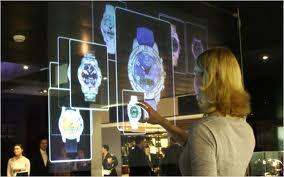Text-based communication, such as text chat, is commonly employed in various contexts, both professional and personal. However, it lacks the rich emotional cues present in verbal and visual forms of communication, such as facial expressions and tone of voice, making it more challenging to convey emotions and increasing the likelihood of misunderstandings. In this study, we focused on typefaces as emotional cues employed in text-based communication and investigated the influence of font design on impression formation and decision-making through two experiments. The results of the experiments revealed the relationship between Japanese typeface design and impression formation, and indicated that advice presented in a font evoking an impression of high confidence was more likely to be accepted than advice presented in a font evoking an impression of low confidence.
翻译:暂无翻译




